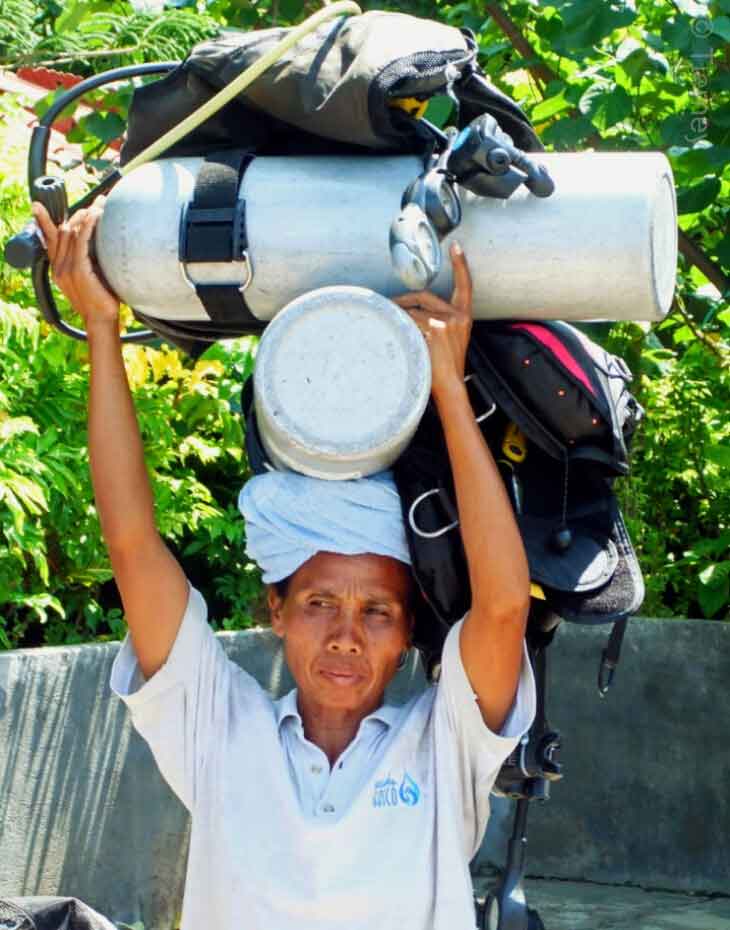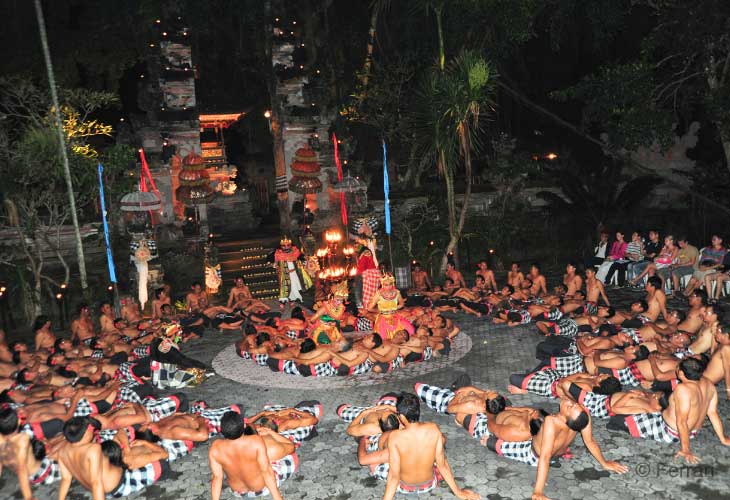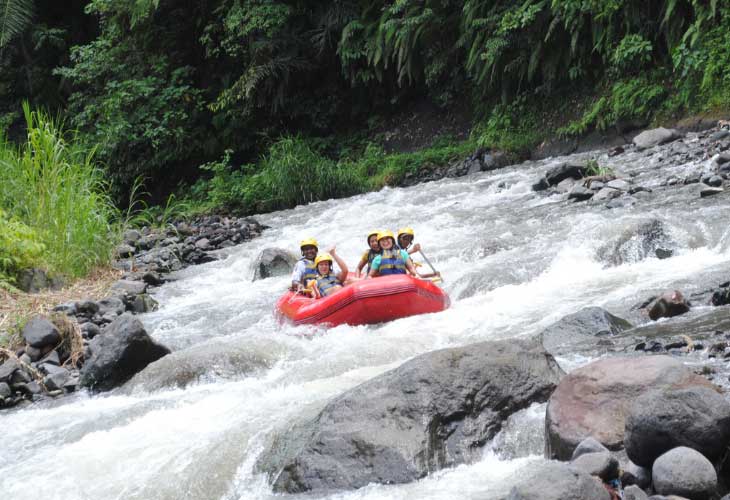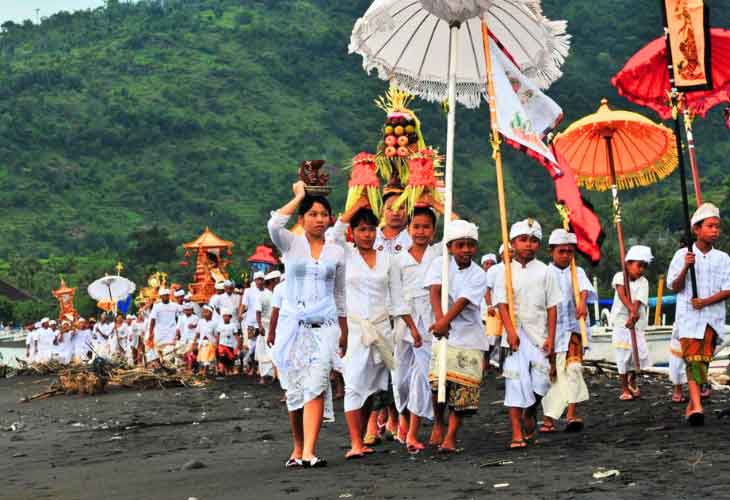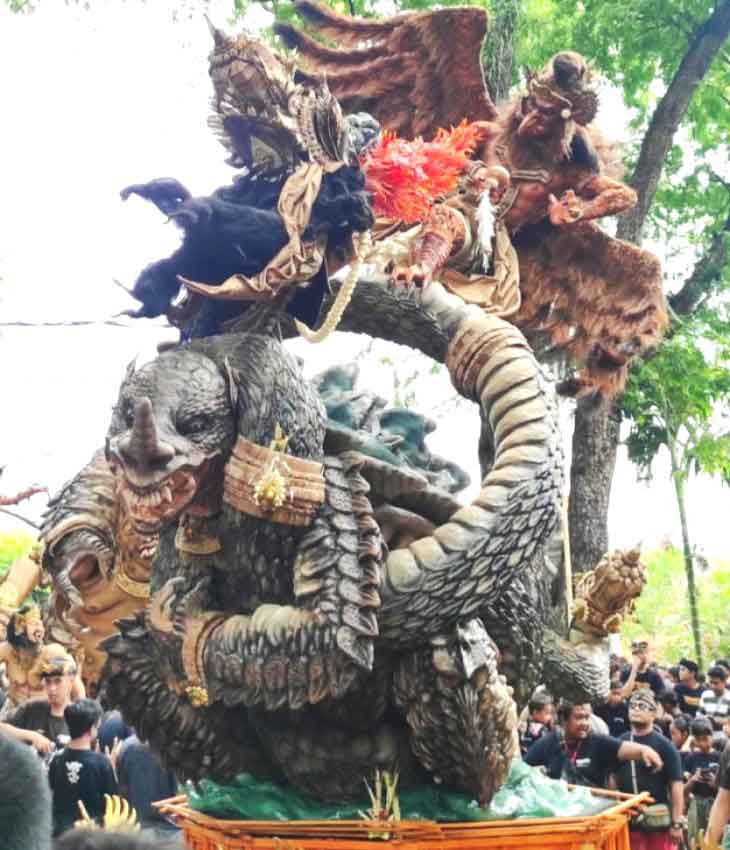The Lady Porter of Tulamben
by Mardia, AMD-B’s 2023 Divemaster Internship
In the 1980s, Tulamben beach was a tranquil haven that had yet to be discovered by tourists. At the time, hotels, restaurants, dive shops, and other facilities were scarce. However, the calm atmosphere changed when a vehicle carrying divers showed up. Several locals ran to meet the parked car, resulting in a commotion between the helpers, who were aiding in moving the diving equipment to the dive site.
Around 1983, a group of female helpers decided to organise themselves to prevent any more commotion. This group became known as the Lady Porters of Tulamben. These lady porters offer a unique service that makes it easier for divers to transport their scuba tanks and other diving equipment weighing up to 15 kg to the dive site. Since Tulamben’s beach is rocky, having this service available is incredibly convenient.

Lady Porter Organization
The lady porters of Tulamben became the unsung heroes of diving in Bali, and the diving community appreciated their service very much. They established a very successful system that included cooperative cash management in their community. For instance, the coop provided money during holidays to assist in paying for religious ceremony supplies, and they also succeeded in providing jobs for the villagers. Many female porters were able to provide their families with a better life by allowing their kids to attend school. In the 1990s, the women porters were officially organised as the Sekar Baruna Cooperative. The word ‘Sekar Baruna’ means either flowers from the sea or fortune from the sea.
Tulamben’s lady porters are renowned for their incredible strength and endurance. They are hard working, enthusiastic about their jobs, and always smiling. They take pride in their work and are always willing to go above and beyond to ensure divers have an enjoyable diving experience. One thing that distinguishes the lady porters is their sense of community. They work as a team, and this makes the lady porters a vital part of the Tulamben diving community.
